Although musical genres and styles evolve, there’s something magical about multiple voices singing in seemingly perfect harmony. This captivating synergy transcends boundaries, creating an ethereal connection with listeners. In many ways, the sound of harmony vocals is often fuller, more resonant, and richer than solo performances. Over the years, several duos, trios, and even larger groups have mastered this art, capturing the hearts and souls of listeners worldwide. From different eras and cultures, here are six of them known for their extraordinary vocal harmonies, as well as their timeless appeal.
Videos by American Songwriter
1. Simon & Garfunkel
There’s something magical and truly enchanting about the harmonies Paul Simon and Art Garfunkel created, especially around their inception during the 1960s folk revival. The duo’s extraordinary harmonization is on full, poignant display in landmark songs including “The Sounds of Silence,” “Bridge Over Troubled Water,” and “Scarborough Fair.” Music critics and ardent fans alike laud Simon’s melodic voice and Garfunkel’s soaring tenor. Together, their voices intertwined to create sounds that seemed as rich, deep, and full as a finely tuned musical instrument.
2. The Everly Brothers
Brothers Don and Phil Everly are hailed as pivotal figures in popular music, having heavily influenced The Beatles, The Beach Boys, Linda Ronstadt, and Emmylou Harris to name a very few. The real-life brothers are well-known for songs including “Bye Bye Love,” “All I Have to Do Is Dream,” and “Wake Up Little Susie,” which critics say profoundly influenced most rock and country artists starting in the late 1950s.
The Everlys’ singing prowess offers the perfect example of “blood harmony.” Their close sibling relationship provides a unique vocal blend that’s next to impossible to achieve unless you’re family. This genetic connection melts the voices into one distinct sound that non-siblings often can’t replicate. The Everly Brothers’ unparalleled harmonies work seamlessly across genres such as country, pop, rockabilly, and folk. Most music historians agree The Everly Brothers’ innovative sound played a key role in ushering in the rock ‘n’ roll era.
[RELATED: Review: The Everly Brothers: ‘Harmonies From Heaven’ — DVD]
3. Crosby, Stills & Nash (and, occasionally, Young)
David Crosby, Stephen Stills, Graham Nash—and sometimes Neil Young—are known for their impeccable harmonies on songs including “Suite: Judy Blue Eyes,” “Carry On,” and “Just a Song Before I Go.”
The secret to their smooth vocal style comes in the different tones of the individual members. Crosby’s tenor, Stills’ soulful knack, Nash’s high tenor, and Young’s instantly recognizable and unique delivery create a natural blend and chemistry. One reason their harmonies are so memorable is because the bandmates paid close attention to the arrangements of each song. They paid special mind to maximize the harmonies’ power and resonance throughout.
4. Bee Gees
Brothers Barry, Robin, and Maurice Gibb—collectively known as the Bee Gees—are well-known for their harmonizing on an array of songs, including disco-era masterworks like “Stayin’ Alive,” “Tragedy,” and “Night Fever.” Like The Everly Brothers, the Bee Gees have an unmistakable “family blend” to their vocals, which allows them to naturally and effortlessly complement each other.
Each brother had a distinct vocal approach: Barry’s smooth baritone, Robin’s vibrato, and Maurice’s versatility combined beautifully, only to be accented by Barry’s virtuoso falsetto. The Bee Gees’ producers made certain to use special, nuanced studio techniques to emphasize their golden harmonies, making it easy to understand why the trio’s vocals are almost impossible to replicate.
5. Peter, Paul and Mary
Peter Yarrow, Paul Stookey, and Mary Travers—known collectively as Peter, Paul and Mary—were at the forefront of the 1960s folk music revival. They are best known for songs including “If I Had a Hammer,” “Leaving on a Jet Plane,” and “Puff, the Magic Dragon.” The trio’s glorious three-part harmonies and socially conscious lyrics were what particularly set them apart as experts at folk, gospel, and other genres.
Their work is notable for many reasons, including that they switched leads on songs, although most of them have Travers or Yarrow on lead. But most often, Stookey’s deep baritone, Travers’ alto, and Yarrow’s mid-range melded together into one.
6. The Andrews Sisters
Sisters LaVerne, Maxene, and Patty Andrews, collectively known as The Andrews Sisters, created some of the most memorable and enduring boogie-woogie music of the mid-1930s and ’40s—and their harmonies were the highlight.
Much like the iconic Everly Brothers and the Bee Gees, the trio’s familial ties and shared upbringing gave them a natural, almost ethereal blend, most exemplified by the massive pre-pop phenomenon “Boogie Woogie Bugle Boy.” Other hits included “Hold Tight,” and “Nice Work if You Can Get It.”
Listeners can hear their pure effortlessness that clearly came from hours of practice and careful attention paid to arrangements that showcased their voices. Unlike other groups, the sisters each had distinct roles in the group. Patty had a mid-range and was the lead singer, while LaVerne sang the low parts, with Maxene singing the soprano or high parts.
Photo by Michael Ochs Archives/Getty Images

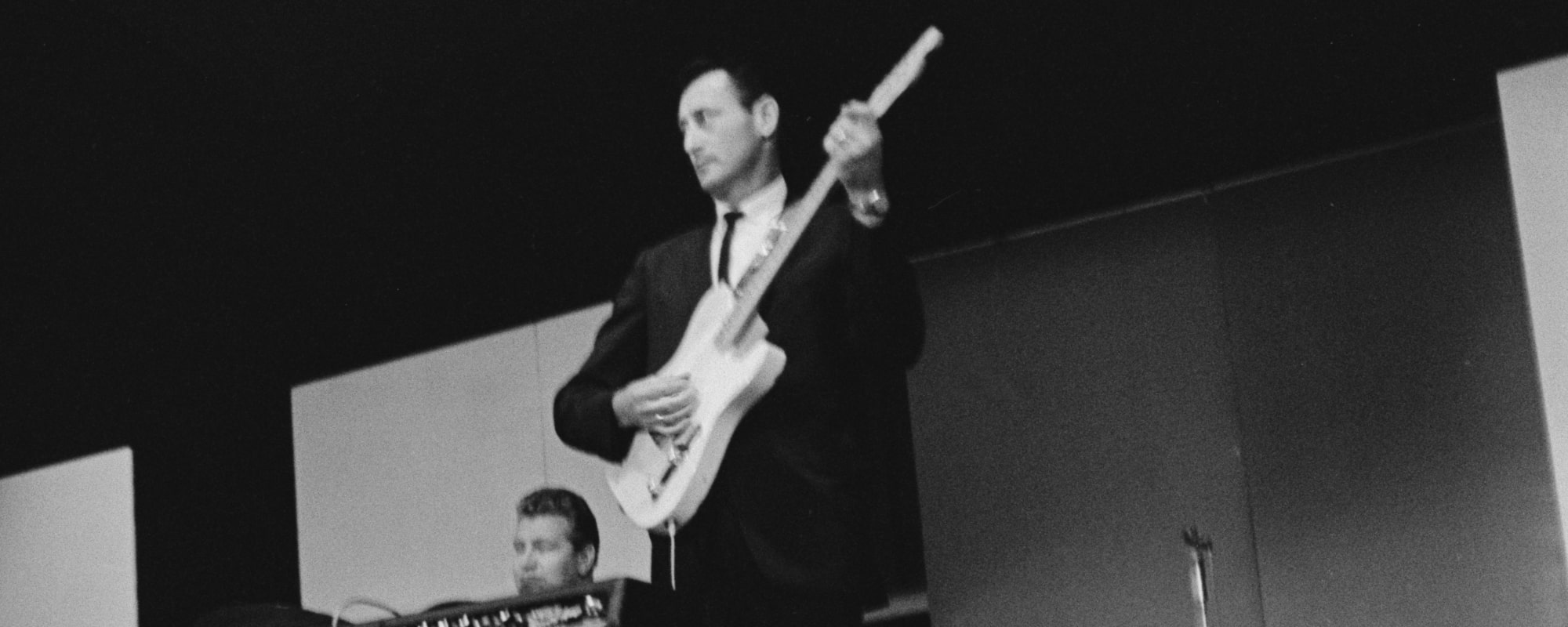

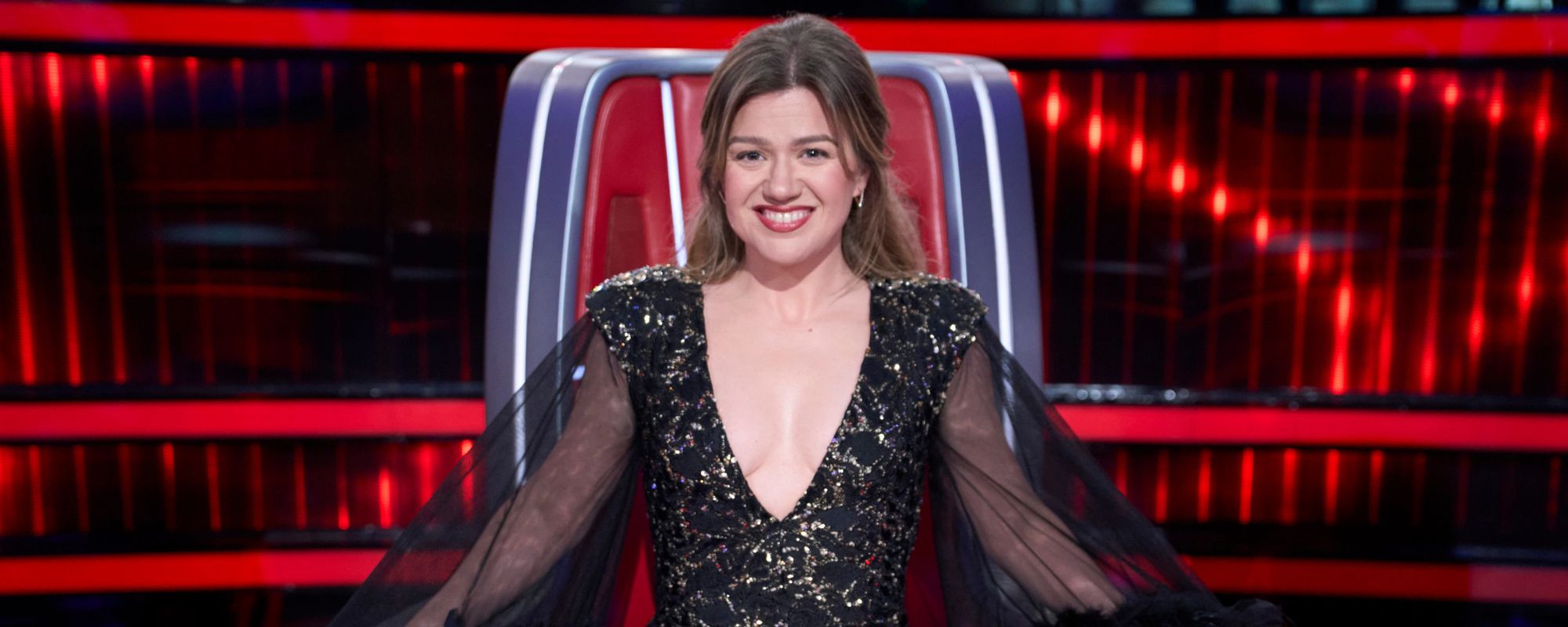



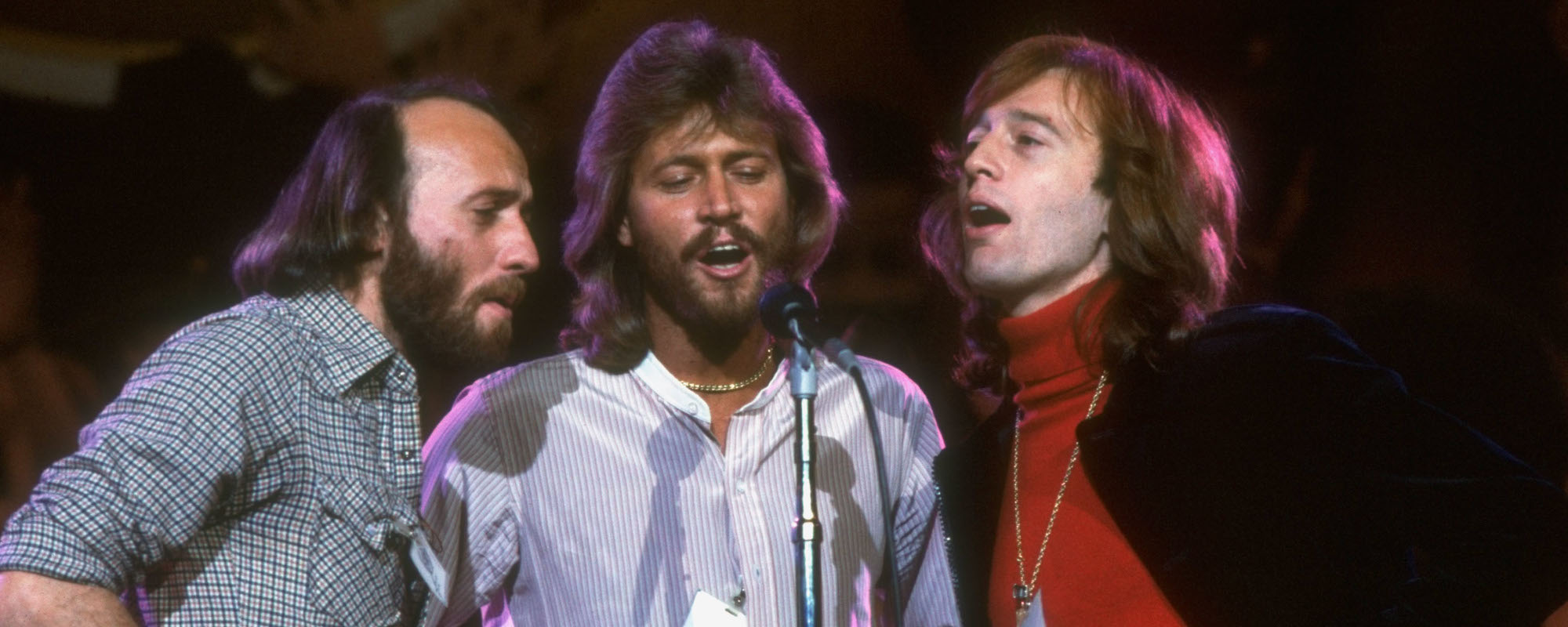
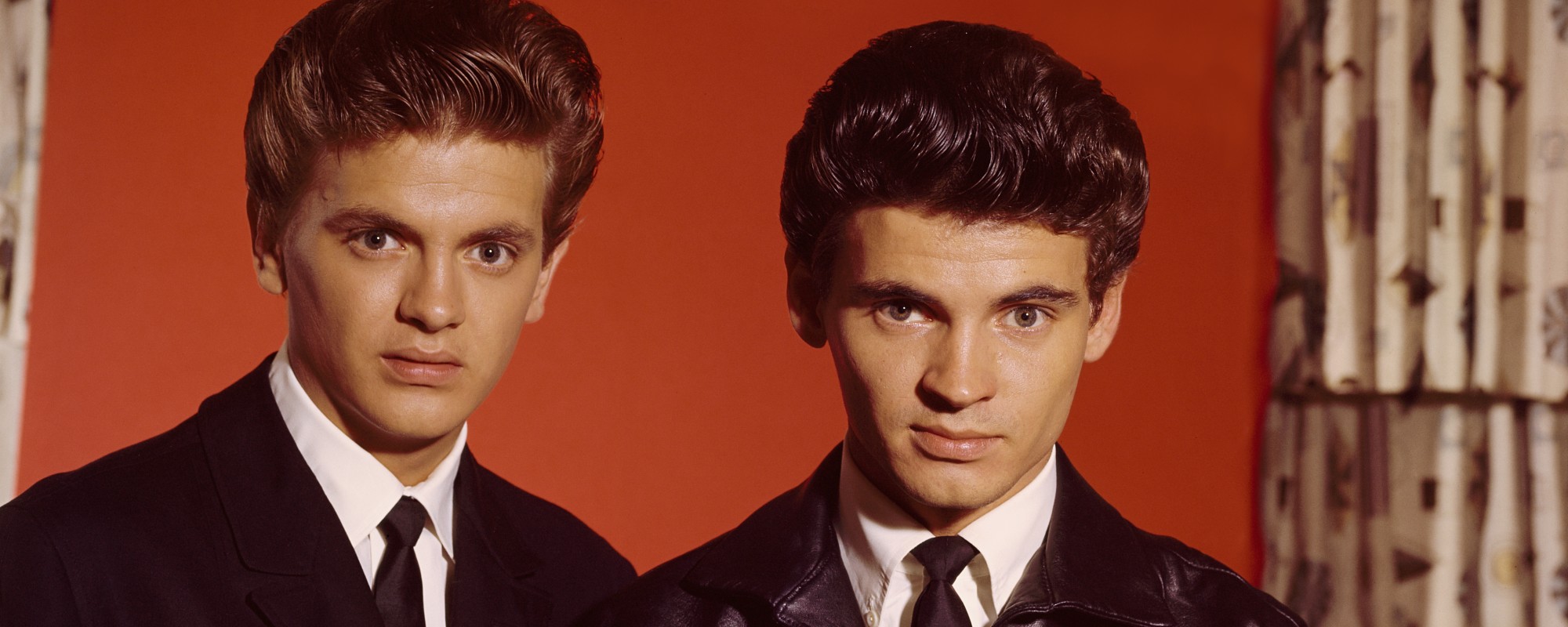
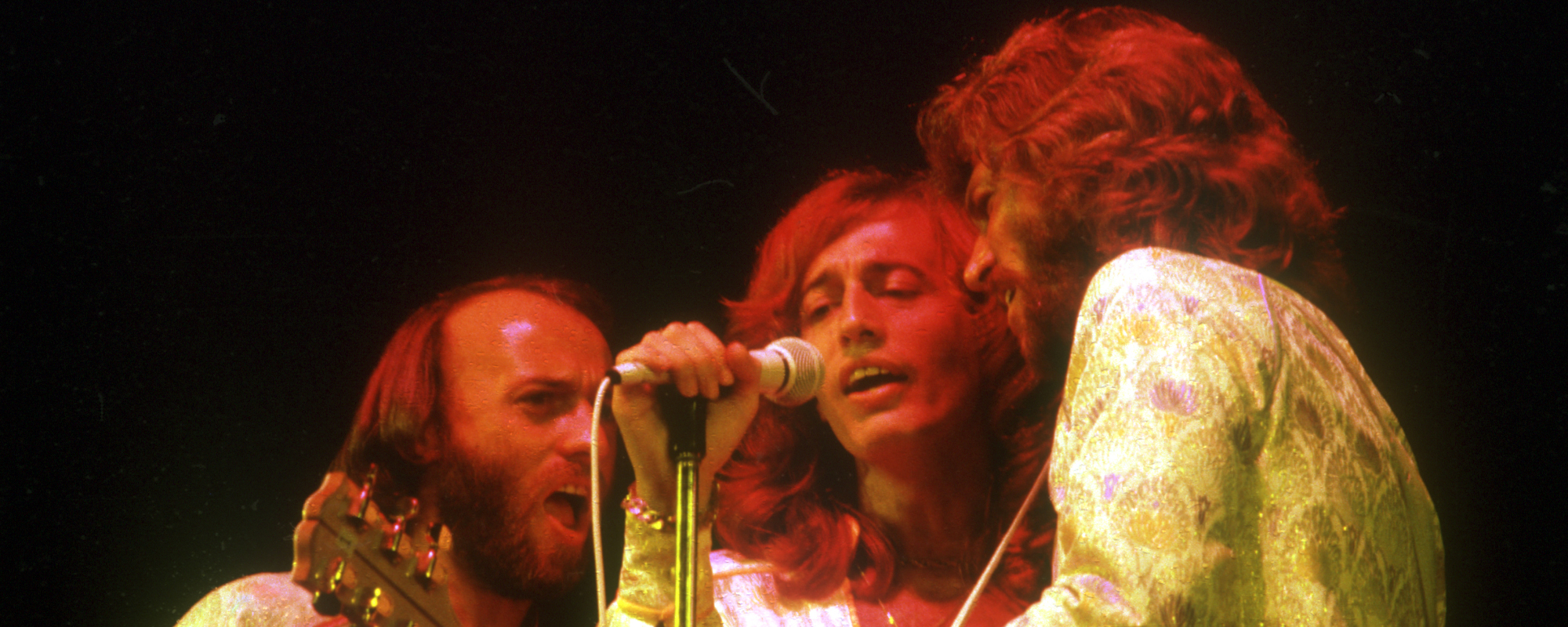
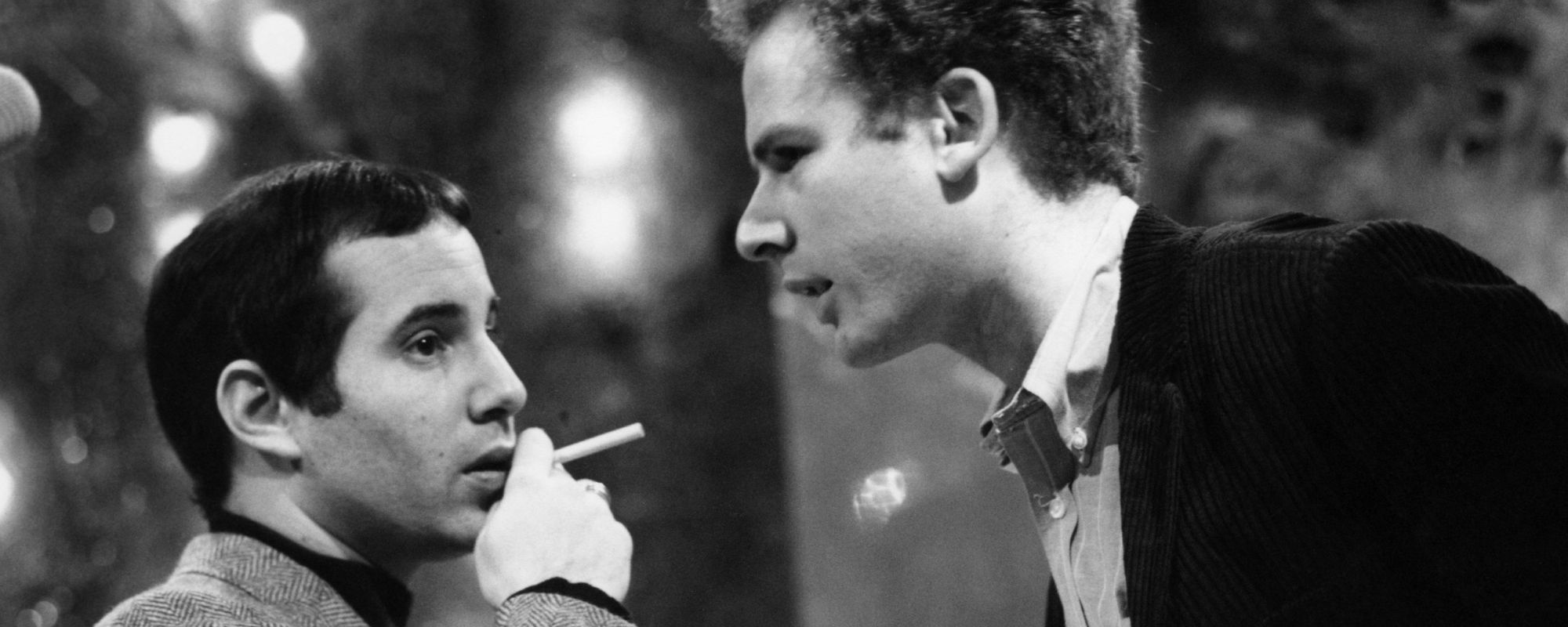
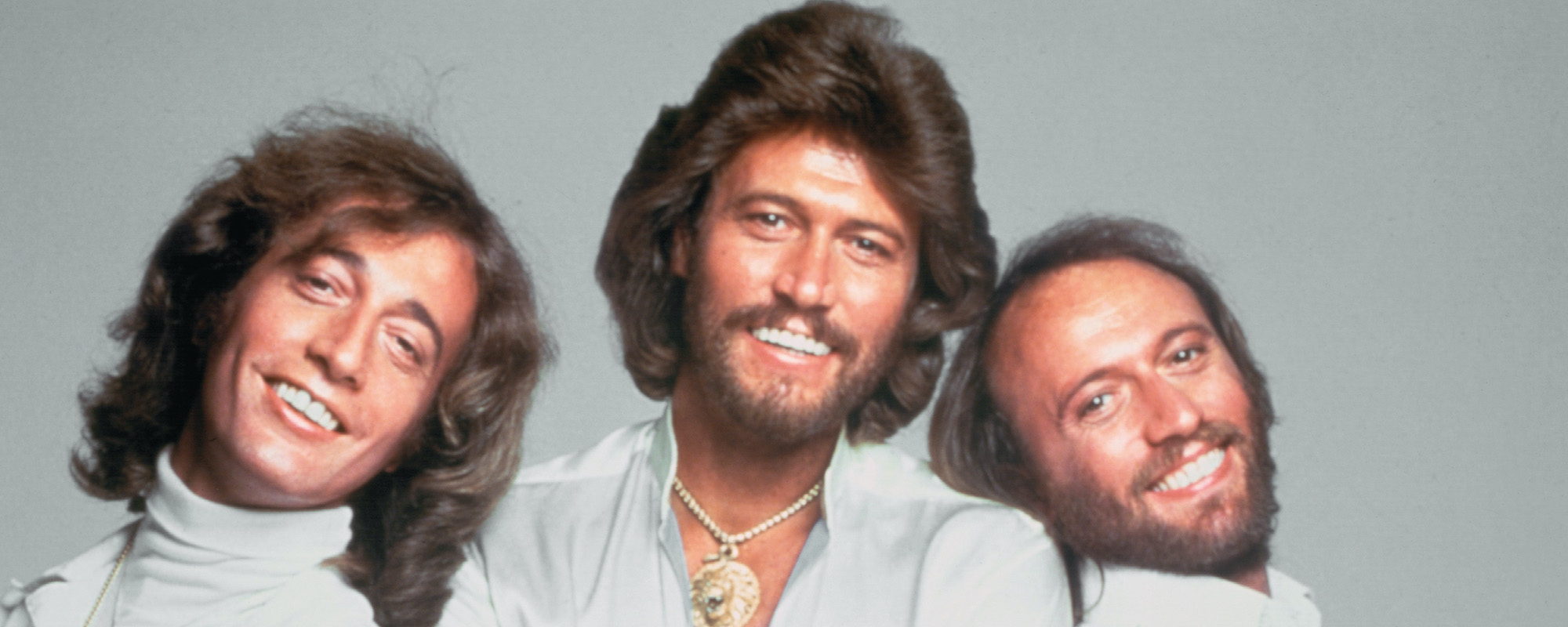
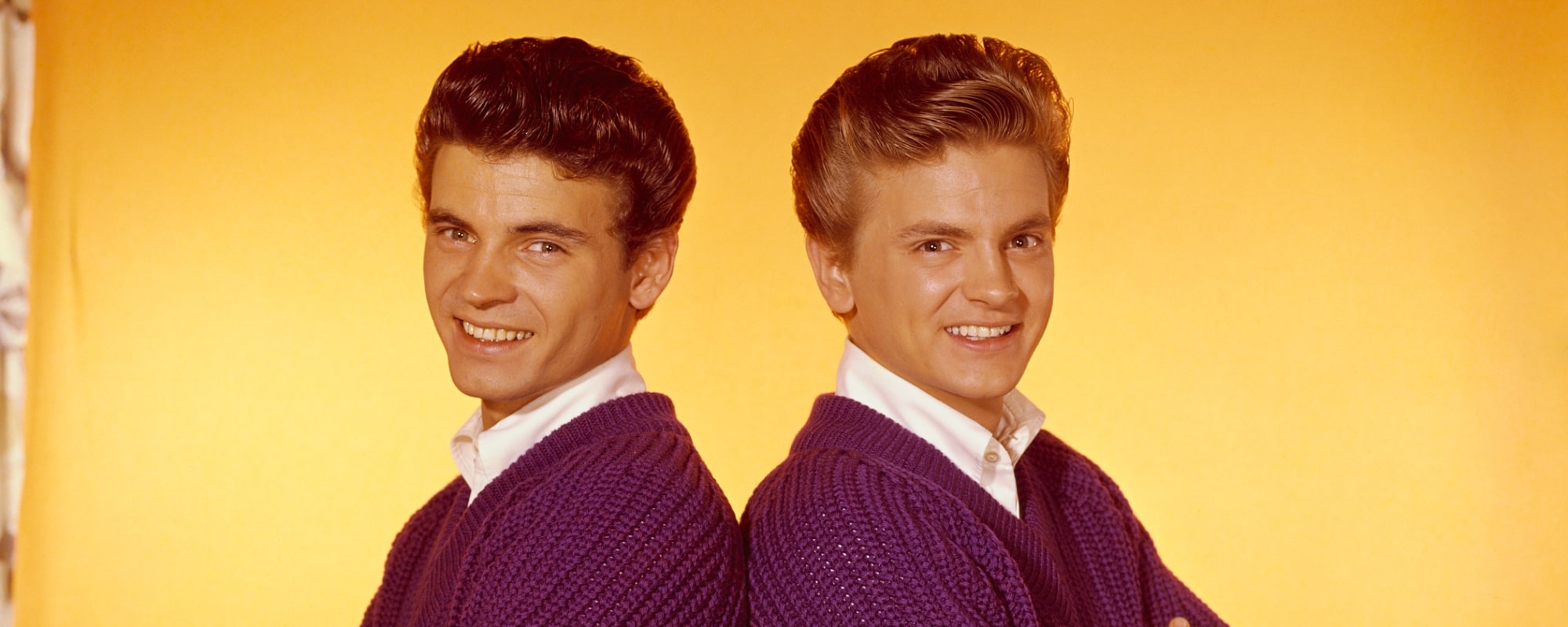
Leave a Reply
Only members can comment. Become a member. Already a member? Log in.